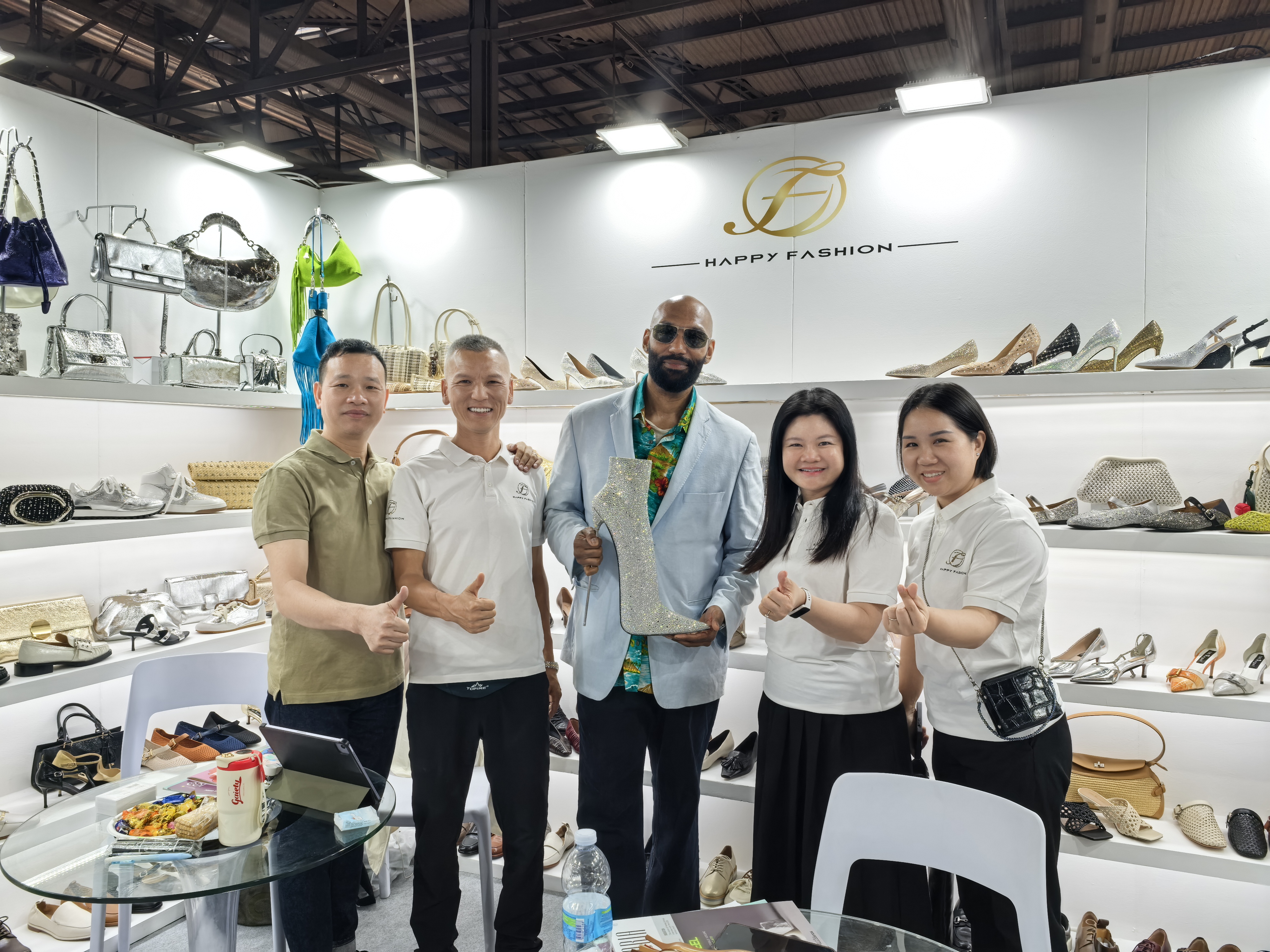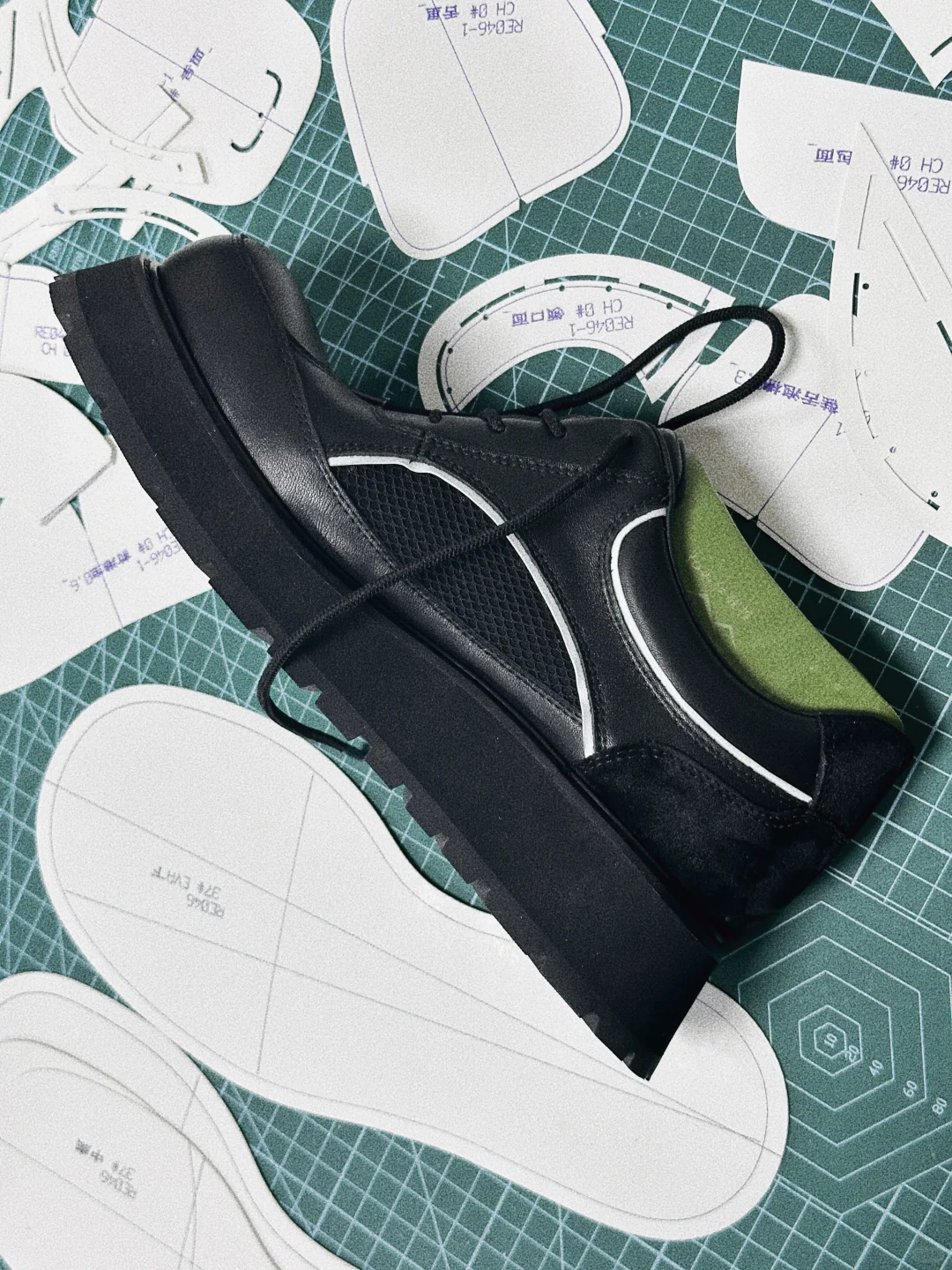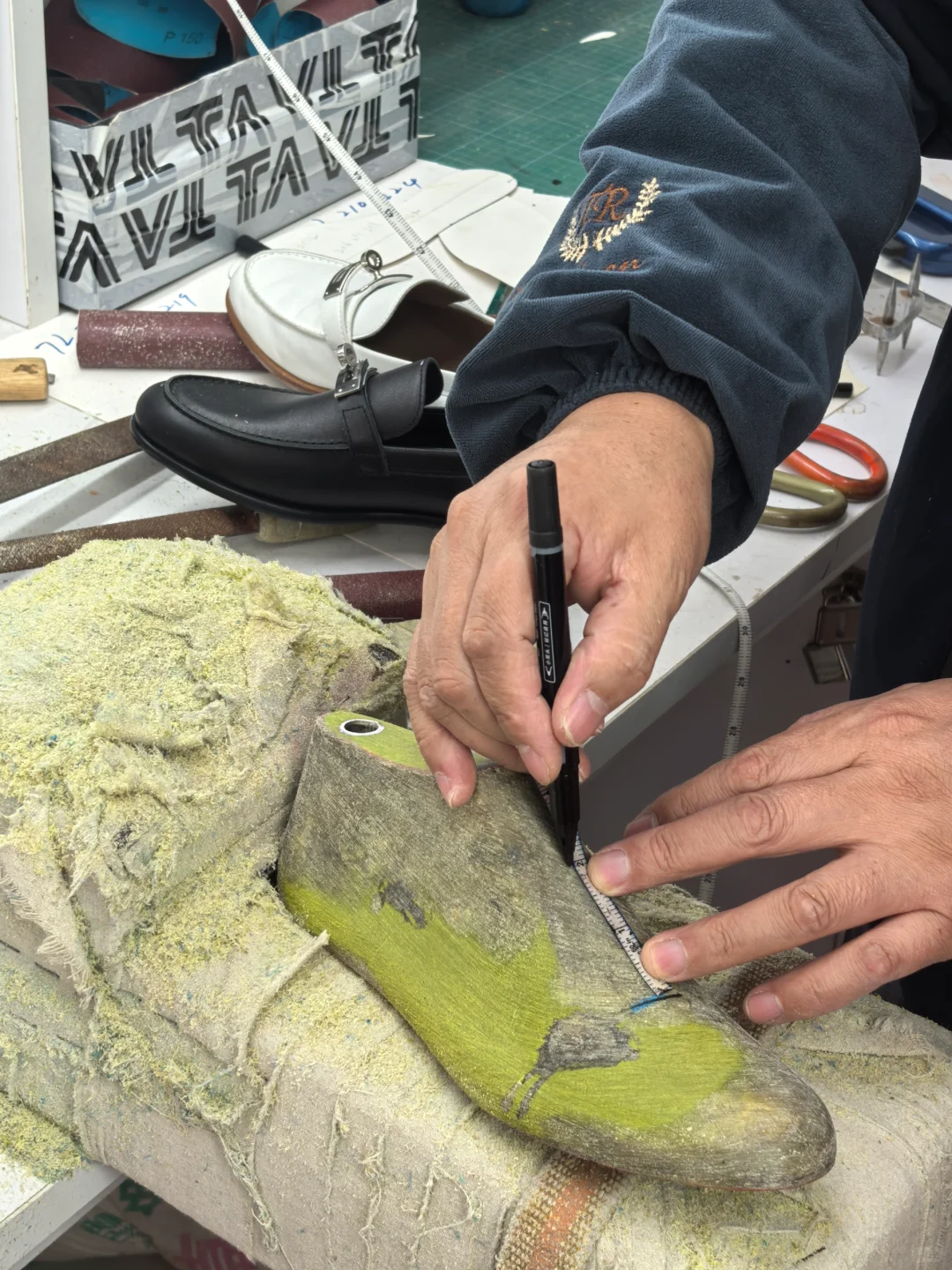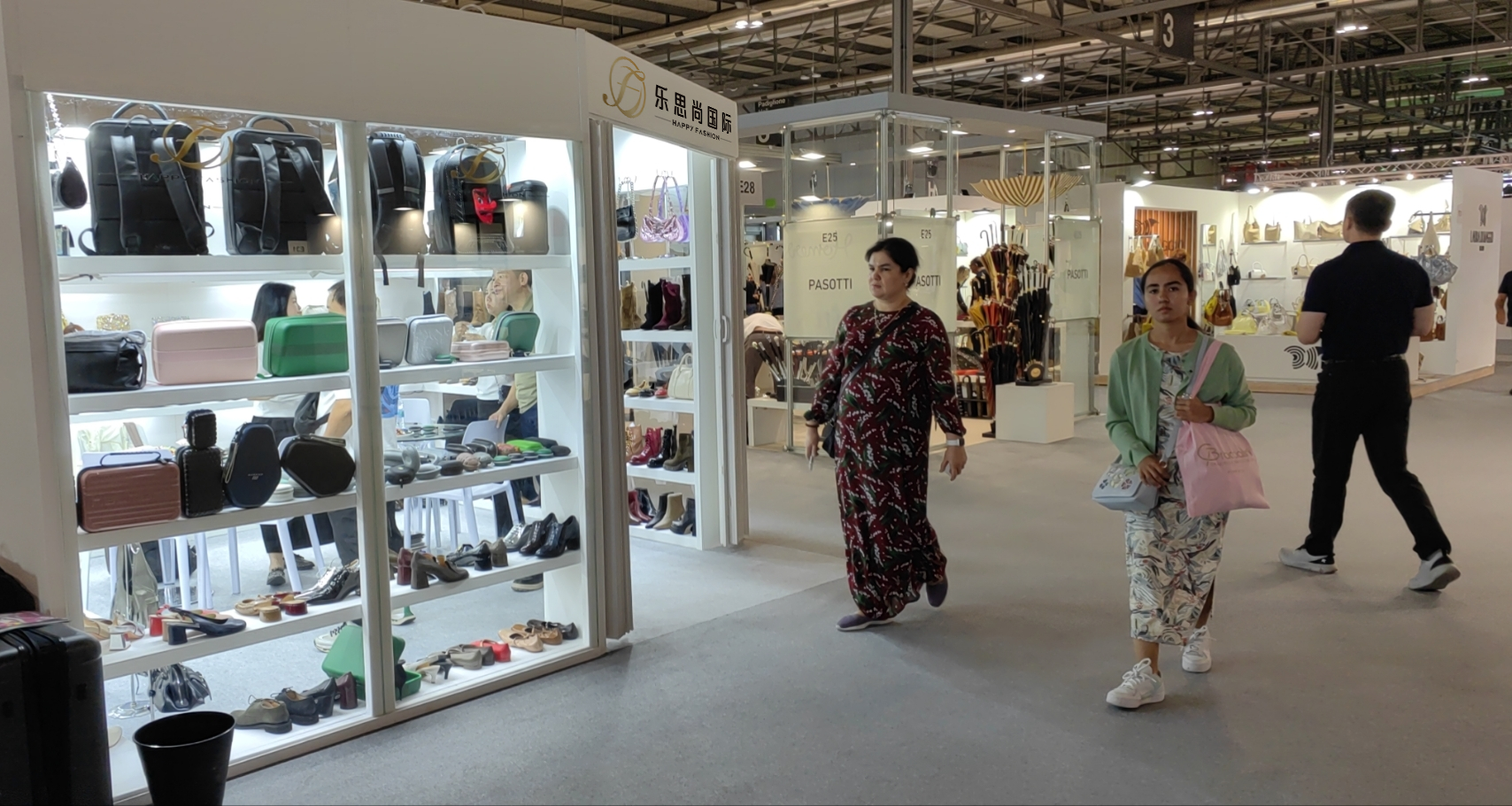
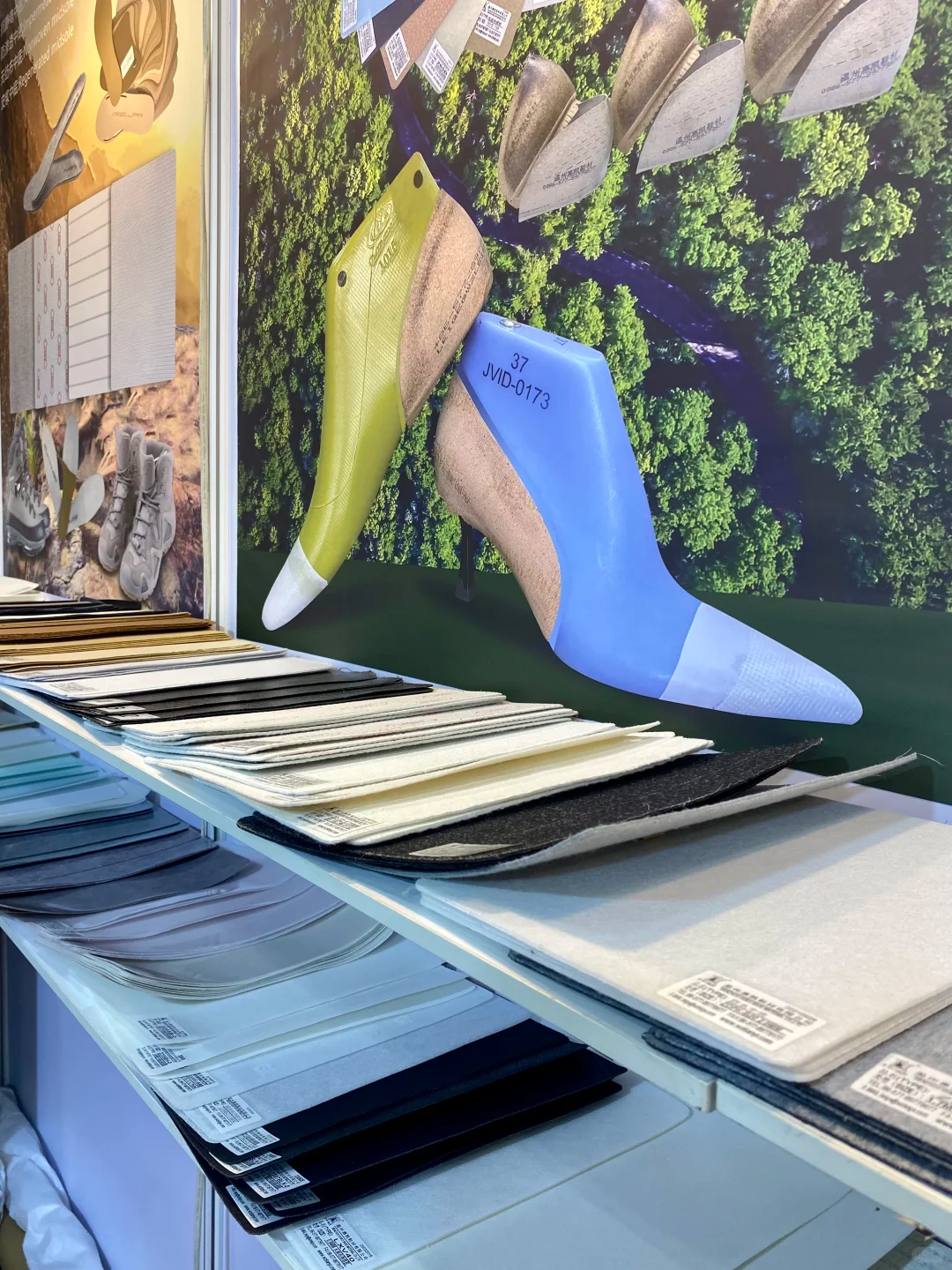
Unlocking the Code of Footwear Manufacturing
In the world of footwear, where fashion meets functionality, every pair of shoes—from design to finished product—contains a wealth of expertise and intricate craftsmanship. As a brand dedicated to delivering high-quality footwear to consumers, Happy Fashion is here to provide an in-depth breakdown of key terminology in footwear manufacturing. This guide will help you easily understand industry "jargon," making it easier to select and appreciate footwear products.
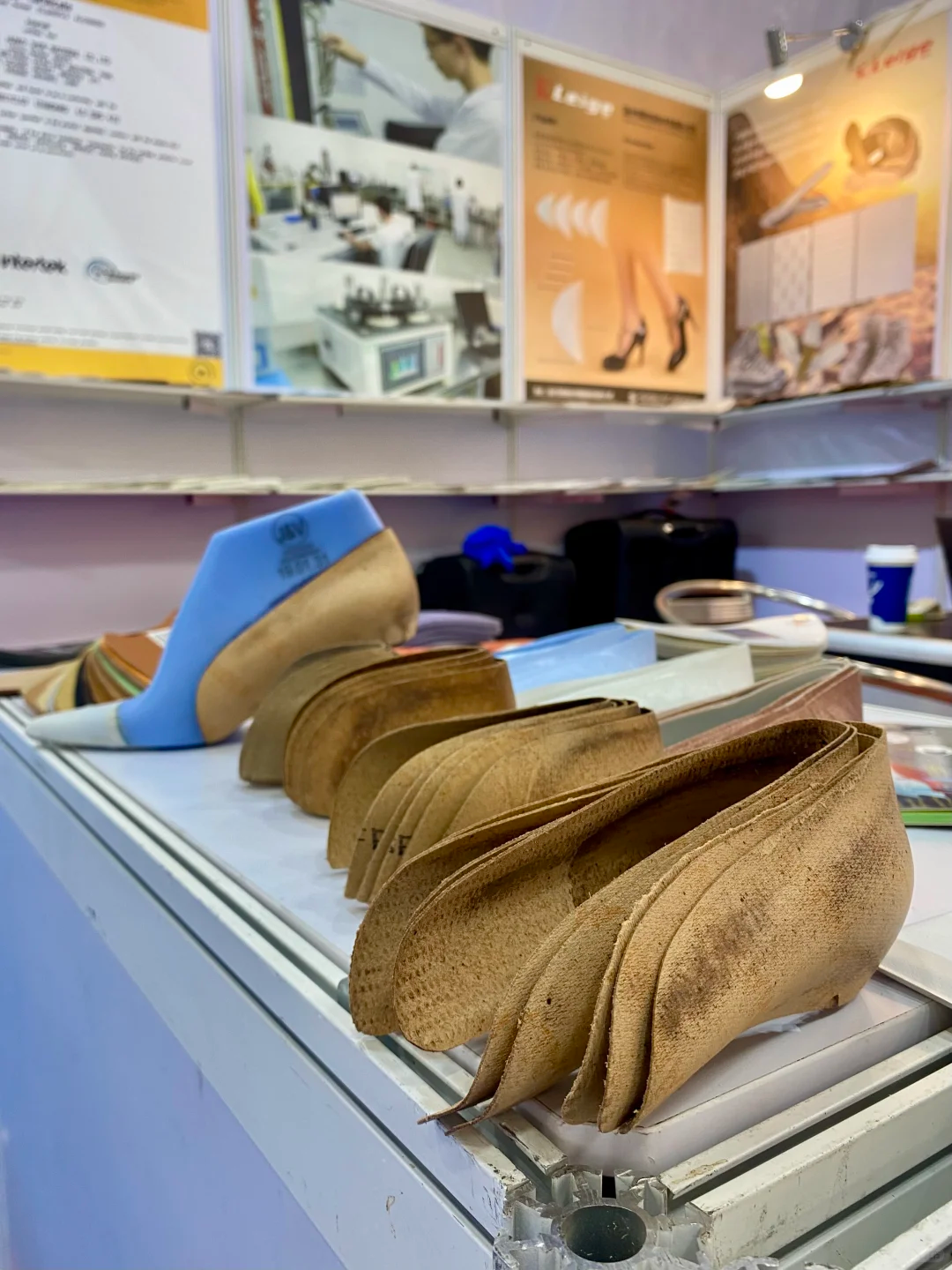
1. Footwear Component Terms: Deconstructing Every Detail
Each part of a shoe has a unique name and function, working together to create comfortable and stylish footwear.
Outsole: The part that directly contacts the ground, determining slip resistance and durability.
Midsole: Provides cushioning and shock absorption for a comfortable stride.
Insole: The layer in direct contact with the foot, affecting fit and breathability.
The upper acts as the shoe’s "outerwear," offering both aesthetics and support. Key elements include:
Toe Cap: Protects toes from impact.
Tongue: Reduces pressure from laces on the instep.
Heel Counter: Stabilizes the heel to prevent slipping.
Eyelets: Small but crucial for securing laces.
2. Sole Materials: Different Textures, Different Experiences
The choice of sole material significantly impacts performance and comfort.
Rubber Sole: Highly durable and slip-resistant, ideal for sports and outdoor shoes.
EVA (Ethylene Vinyl Acetate): Lightweight and soft, commonly used in casual and running shoes.
TPR (Thermoplastic Rubber): Combines elasticity and weather resistance.
MD (Molded Foam): Excellent cushioning.
PU (Polyurethane): Durable and rigid, often used in premium footwear.
Expanded Foam: Enhances lightweight support.
For example, a Happy Fashion sports shoe may combine EVA and rubber soles for both lightness and grip, ensuring comfort and safety.
3. Features & Performance: Quality Defined by Functionality
Breathability: Keeps feet dry and comfortable.
Abrasion Resistance: Extends shoe lifespan.
Flexibility: Allows natural foot movement.
Tear Resistance: Prevents damage under stress.
Lightweight Design: Reduces foot fatigue.
Oil-Resistant & Anti-Slip: Essential for work or outdoor use.
Happy Fashion prioritizes these features to deliver superior footwear.
4. Manufacturing Processes: Craftsmanship Defines Quality
Injection Molding: Efficient, stable production.
Heat Press Molding: Shapes materials under high heat/pressure.
Goodyear Welt: A durable, repairable construction method.
Stitching Process: Ensures strong seams.
Laser Cutting: Precision detailing.
High-Frequency Embossing: Adds decorative textures.
Happy Fashion selects the best techniques for each product, ensuring top-tier quality.
5. Testing Standards: Rigorous Checks for Reliability
To guarantee safety and durability, shoes undergo:
Abrasion Test: Simulates wear over time.
Flex Test: Evaluates bend resistance.
Slip Resistance Test: Measures traction.
Color Fastness Test: Checks dye stability.
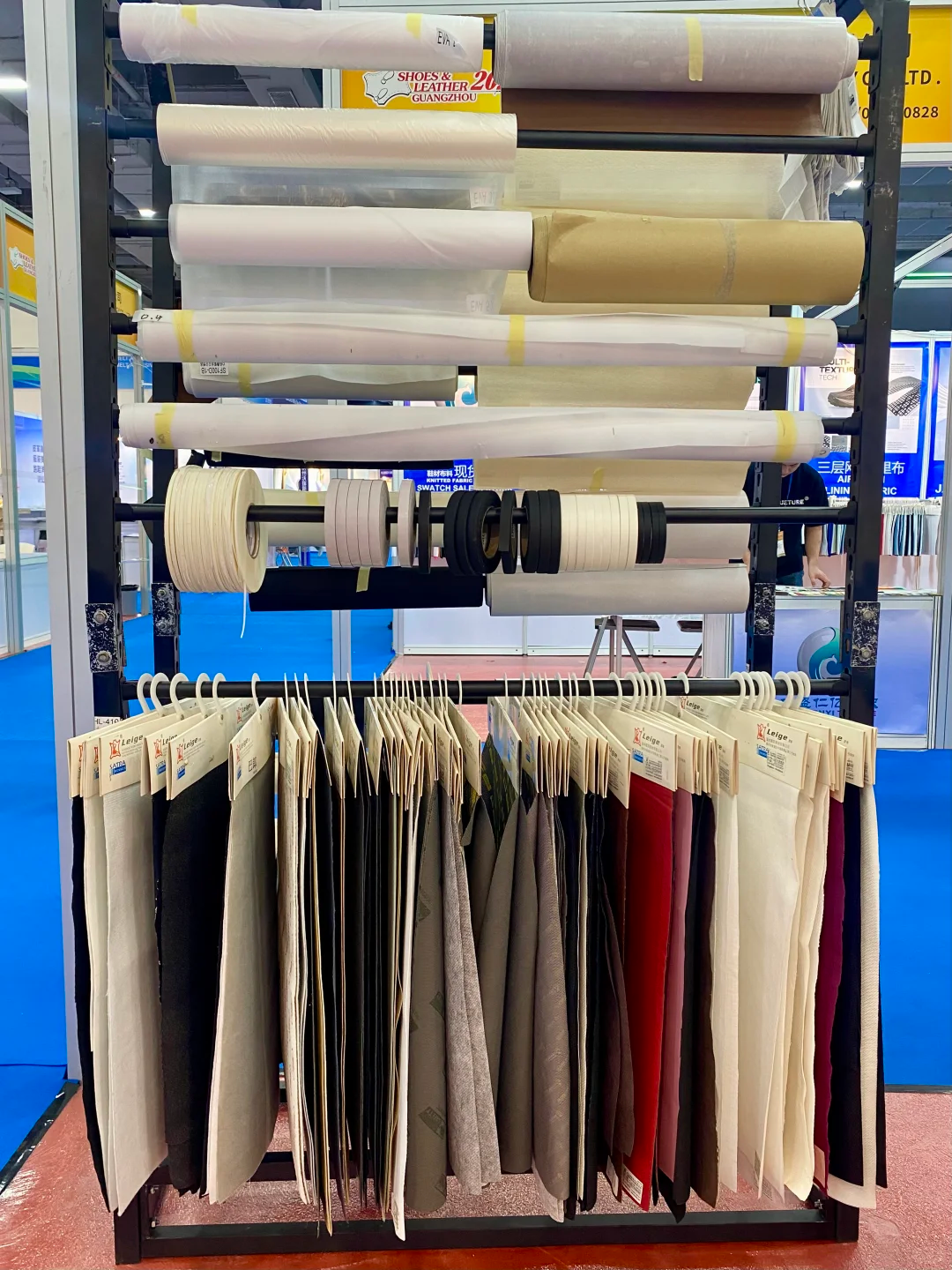
We also emphasize eco-certification, adhering to sustainable practices for greener products.
By exploring these terms—components, materials, features, production, and testing—you’ve gained deeper insight into footwear manufacturing. Happy Fashion remains committed to excellence, offering stylish, high-quality shoes.
Have questions or want to learn more? Visit our website and connect with us!


